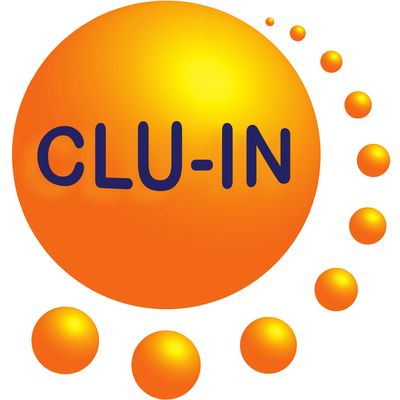Since 1998, The Contaminated Site Clean-Up Information (CLU-IN) website has presented Internet Seminars covering a wide variety of technical topics related to hazardous waste characterization, monitoring, and remediation. For each seminar topic, we have selected the highest-quality offering for placement in our archives. Beginning in May 2005, we began offering these archives via podcast, and this feed contains all seminars archived in the last 6 months. For a complete list of seminars archived since 2000 and videos of selected seminars archived since 2012, please visit http://clu-in.org/live/archive/. Our Rehabilitation Act Notice for reasonable accommodation is available at http://clu-in.org/training/accommodation.cfm. CLU-IN was developed by the U.S. Environmental Protection Agency (EPA) but is intended as a forum for all waste remediation stakeholders. For more information and to view upcoming live offerings, please visit http://clu-in.org/live/. For a complete list of RSS feeds available on CLU-IN, please visit http://clu-in.org/rss/about/.
http://www.clu-in.org/live/archive
Audio for "Identifying the Potential for Methylation of Mercury at Mining Sites," Mar 29, 2016
This webinar presents two case studies that highlight the impacts of treatments and management strategies on mercury methylation and methylmercury release at mining sites. Methyl mercury (MeHg) is a toxic and bioavailable form of mercury. The first case study will document results of a mining-influenced waters treatability study conducted at the Formosa Mine Superfund site. One component of this investigation assessed the influence of sulfate-reducing bacteria on the production and release of MeHg during the treatment of mining-influenced water. The results are being used to inform the design, application, and assessment of sulfate-reducing biochemical reactors. The second looks at the impact of water level fluctuation on sediment in the Cottage Grove Reservoir, located downstream from the former Black Butte mercury mine of the Black Butte Superfund site. Results suggest that exposure of sediments to air while water levels are lowered may replenish the supply of sulfate (and/or other electron acceptors) needed to stimulate microbial production of MeHg mercury when the reservoir level is raised. To view this archive online or download the slides associated with this seminar, please visit http://www.clu-in.org/conf/tio/Mining_032916/
